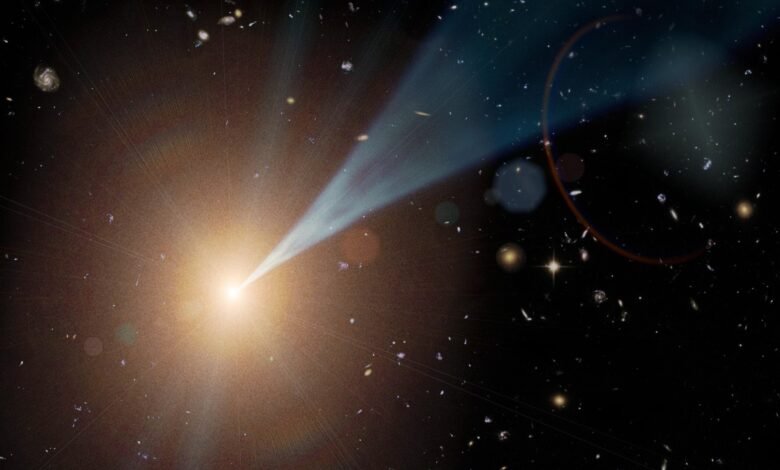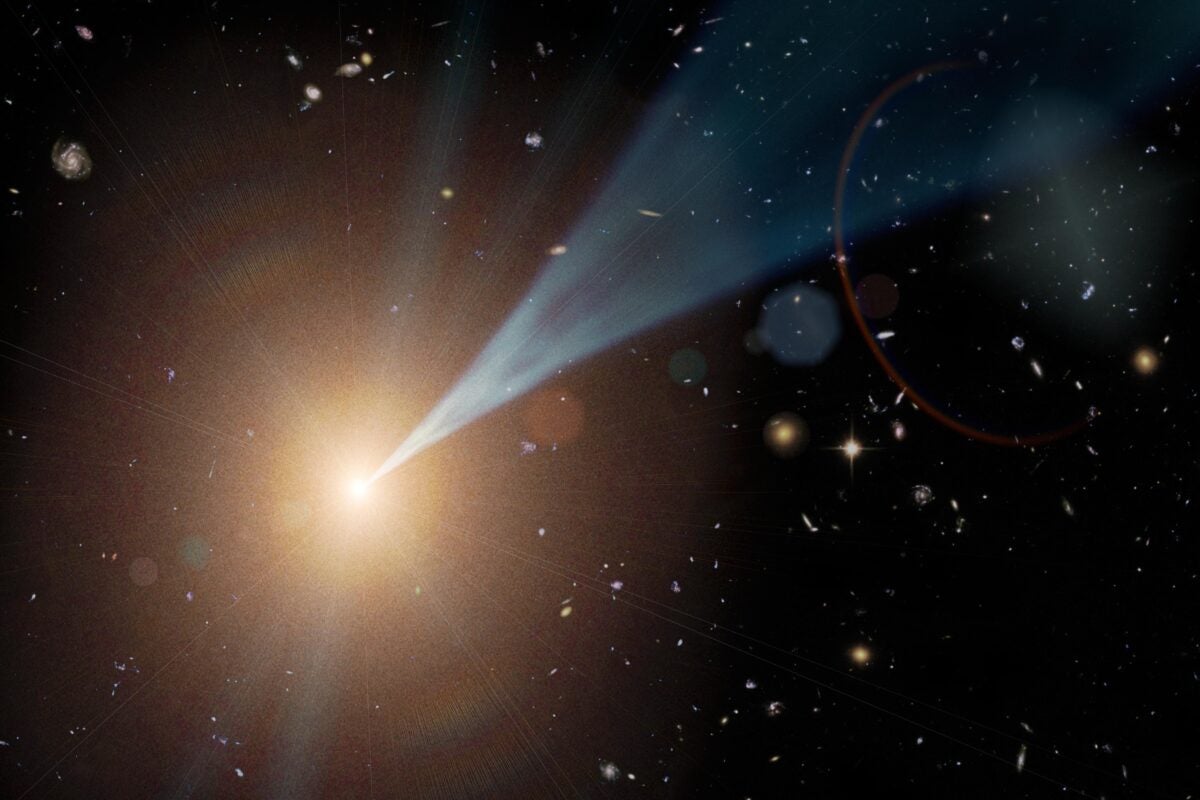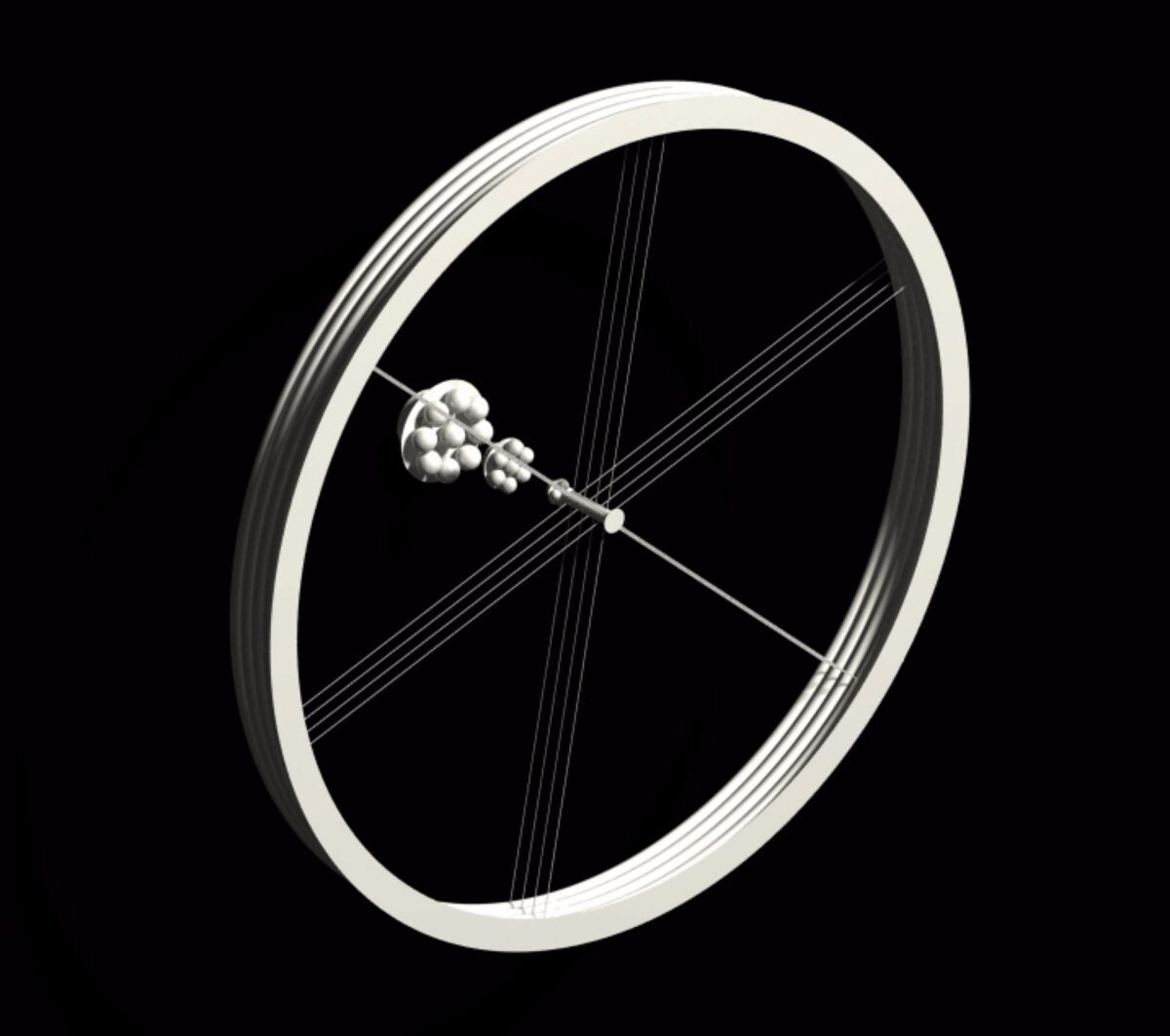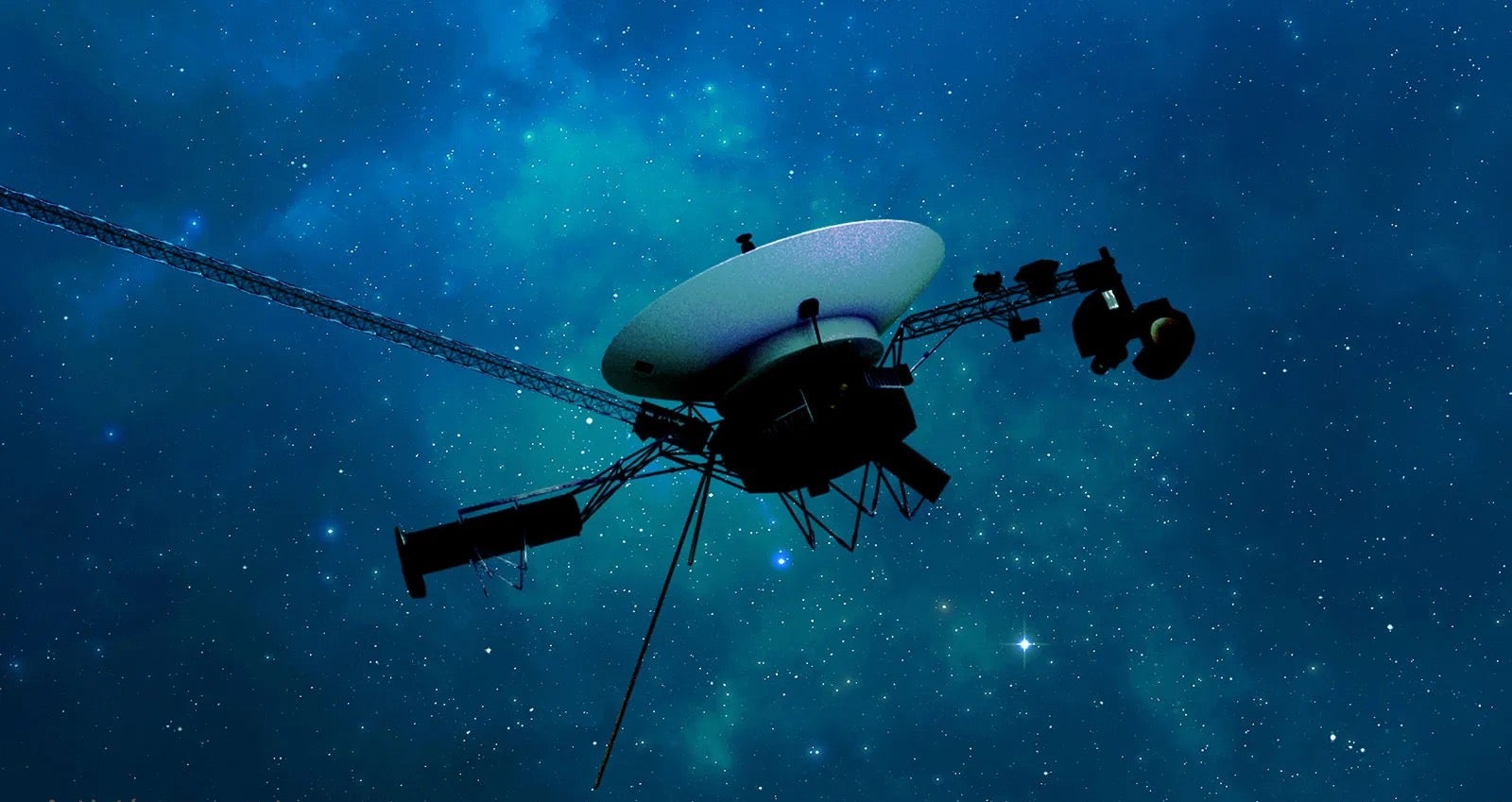Here Are 5 Ways to Do Interstellar Travel, Ranked


Want to visit an interesting exoplanet or dive dangerously close to a black hole? It’s not impossible—there’s no law of physics that prohibits humans from traveling through space—but it’s very, very difficult.
Here are some possible ways to travel between the stars, ranked from least to most likely.
Incredibly Improbable: Faster-Than-Light Travel
You can never travel faster than the speed of light. At least, that’s what we understand from Einstein’s special theory of relativity, the revolutionary theory that space and time, when combined, can become interchangeable. And while it might be easy to say that a future understanding of physics could lift this restriction, it might be much harder to put it into practice.
Special relativity is one of the most—if not the most—tested theories in all of physics. That’s because special relativity is not just a theory; it’s a metatheory. It’s a set of instructions that help us build other theories of physics. Special relativity teaches us how space and time are connected in a fundamental way. The nature of this connection places the speed of light as the ultimate speed limit. It’s not just about light or even motion, but about causality itself.
Special relativity lays the fundamental foundation for the relationship between past, present, and future. In other words, going faster than light allows for the possibility of going back in time, which does not seem to be allowed in our universe.
Since all other theories in modern physics are built on relativity, every time we test one of these theories, we are also testing relativity. While we may be wrong about the fundamental structure of spacetime, the speed of light limit is unlikely to be dethroned any time soon.
Very unlikely: wormholes

Related to the speed-of-light restriction is the apparent impossibility of wormholes. Wormholes are shortcuts in space that connect any two points in the universe. These strange objects are a natural prediction of general relativity, Einstein’s theory of how the force of gravity arises from the bends and warps in spacetime.
General relativity allows wormholes to form by bending spacetime in a very peculiar way. But there is one small caveat: these objects are catastrophically unstable. The moment anything, even a single photon, tries to travel down the wormhole’s throat, it immediately shatters. The only known way to stabilize a wormhole is to introduce a wisp of exotic matter. This is matter that has negative mass, which, like time travel, does not appear to be allowed in the universe.
It may be that our future descendants will discover an alternative way to stabilize wormholes and enable interstellar travel. But the amount of time it might take to discover the necessary advances in physics could be longer than simply going to the stars ourselves.
Highly unlikely: generation ships

If we are stuck with no shortcuts or loopholes in physics, or other means of achieving FTL travel, then we will have to take our time. While sending a spaceship traveling toward another star is not a question of physics, it does pose many engineering challenges. One fanciful idea for traveling between stars is to build generation ships—large, slow-moving vessels where most of the passengers would never live to see their destination, living generation after generation as an autonomous city-ship that would eventually reach another star.
Technically, humanity is already an interstellar species. Years ago, the Voyager 1 spacecraft traveled through the heliopause, the edge of the solar system, and entered interstellar space. The good news is that it only took a few decades to accomplish this feat. The bad news is that it’s only just getting started. Even at the incredible speed of more than 36,000 miles per hour (57,940 kilometers per hour), if Voyager 1 were headed toward Proxima Centauri (which it isn’t), our nearest neighboring star, about 4.2 light-years away, it would take the spacecraft about 40,000 years to reach its destination.
This number of years predates the development of the first cities and the advent of agriculture. So a “generation ship” is not just a handful of generations, but hundreds of them, all of which must live self-sufficiently in the voids between stars, with no additional sources of water, fuel, food, or spare parts.
It’s not impossible, but it’s also highly unlikely.

Not very likely: very, very fast
To get to other stars faster, you can’t have a giant, heavy spaceship. Instead, you need to be as small as possible. Rockets or other propellants would reach higher speeds, making the journey as short as possible. Also, at high speeds, the quirk of relativity helps. Because the speed of light is constant, motion through space is different from motion through time, and the faster an object moves through space, the slower it moves through time. As it approaches the speed of light, a year for the rest of the universe can shrink to months, days, or even minutes.
Unfortunately, these effects only really kick in when an object speeds up to more than 90 percent of the speed of light, which is something humanity has yet to come close to achieving. But accelerating particles to nearly the speed of light is something that powerful events in the universe do on a regular basis, so it’s definitely not impossible.
But these are tiny particles, not comparatively massive spacecraft. Getting something like a human-sized spacecraft to 90 percent the speed of light might require more energy than the Sun produces in a thousand years, but that’s an engineering problem, not a physics problem.
Probably: We don’t
In the very, very distant future, assuming our current understanding of physics holds up (at least when it comes to FTL travel and wormholes), humanity will likely only send a few scant missions to other viable stars and planets. But there’s plenty of space out here in the solar system, with hundreds of moons and thousands of asteroids to call home. It’s a big enough place with plenty of mysteries to uncover.
It’s my home, and there’s no place like it.




